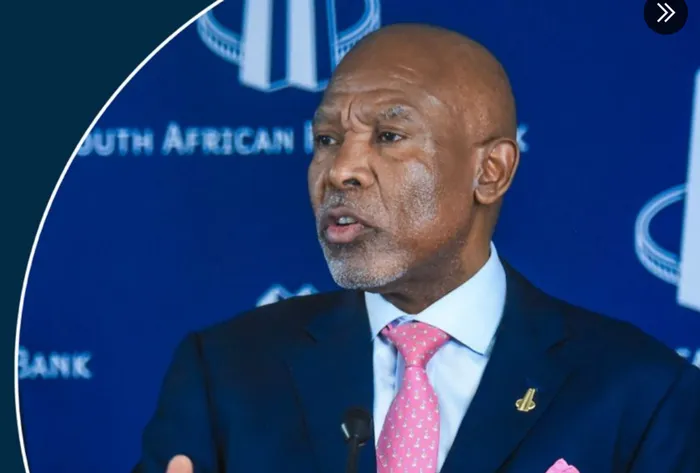Interest rates reduced: How the SARB's latest move impacts you

South African Reserve Bank announces a 25 basis point cut to the repo rate, providing much-needed relief for borrowers.
Image: SA Reserve Bank.
South African Reserve Bank (SARB) Governor Lesetja Kganyago said the Monetary Policy Committee decided unanimously to drop the lending rate by 0.25 percentage points given a backdrop of a stable inflationary environment.
This will take the prime lending rate from banks to consumers down to 10.5%. The SARB has cut interest rates four times between September 2024 and May 2025, reducing the prime lending rate from 11.75% to 10.75% as of the end of May.
The Monetary Policy Committee’s reduction in interest rates comes as the US Federal Reserve held its benchmark rate steady on the back of economic uncertainty caused by US President Donald Trump’s trade war.
For the major central banks, policy is generally in a wait-and-see phase, said the Governor. "In the United States, there are signs of new inflationary pressures, from tariffs. Monetary policy remains ‘modestly restrictive’. In Europe, by contrast, inflation is lower, and policy is more neutral. All the major central banks kept their policy rates unchanged at their most recent meetings," he noted.
Investec chief economist Annabel Bishop’s earlier this week aligned with that of other commentators, with Old Mutual Chief economist, Johann Els having said that there will likely be a 0.25 percentage point cut this week, while Standard Bank’s group head of South Africa macroeconomic research, Dr Elna Moolman has also argued that there should be a cut.
However, Bishop expects this to be the last interest rate cut this year.
Kganyago said the bank expected headline inflation to rise over the next few months, averaging 3.3% for the year, in line with earlier forecasts. Prices then stabilise around the target objective over the rest of the forecast period. “The risks to this outlook appear balanced,” he said, while noting that food prices were on the up, mainly due to meat.
Els has said that inflation is expected to rise moderately through the rest of the year, approaching 4% by December, while Bishop previously said inflation for 2025 was expected at 3.3% year-on-year.
June’s consumer price index (CPI) rose to 3%, up from May’s 2.8%, marking the first time in three months that inflation has returned to within the South African Reserve Bank’s (SARB) 3% to 6% target range. Despite this small increase, inflation remains low by historical standards and well below the 5.2% seen a year ago.
“For policy, as we showed last time, lower inflation allows for lower interest rates,” said Kganyago.
Kganyago said the recent data flow of economic indicators has been positive, suggesting that the economy picked up in the second quarter of the year. The International Monetary Fund this week said economic growth for this year would likely be 1%.
“Additional measures that would improve economic conditions include reaching a prudent public debt level, strengthening network industries, lowering administered price inflation, and keeping real wage growth in line with productivity gains,” said Kganyago, noting that the challenges to the “global environment highlight the urgency of domestic reform for accelerating growth,” said Kganyago